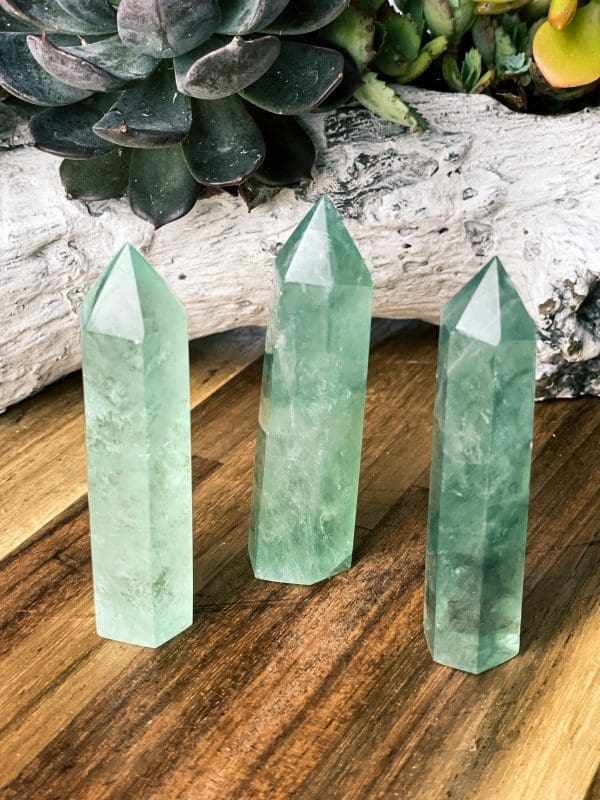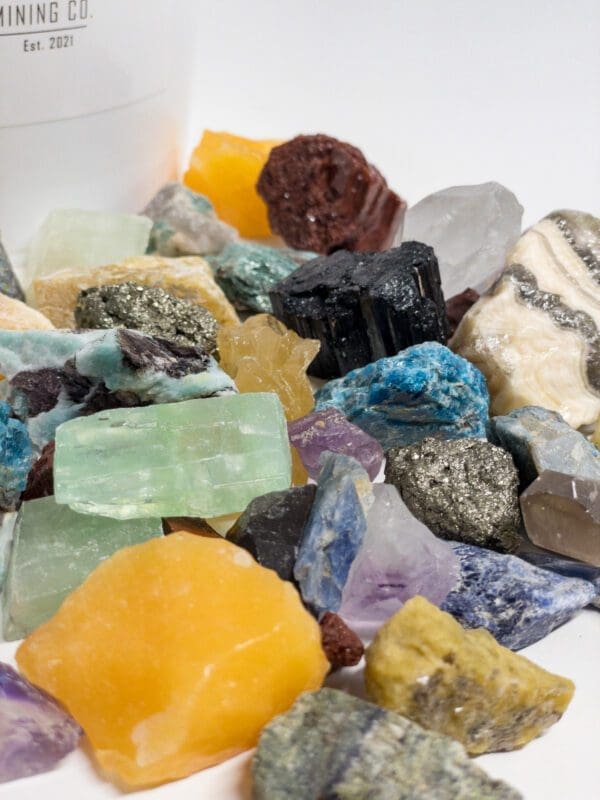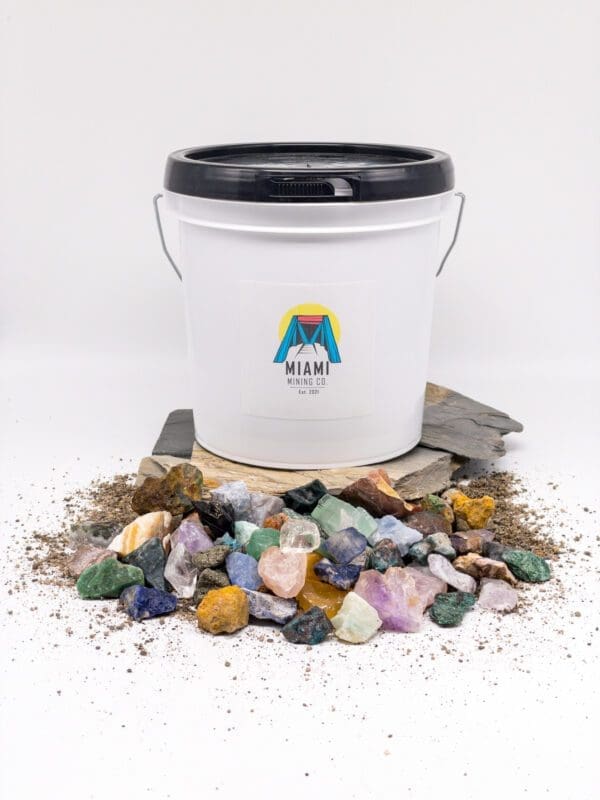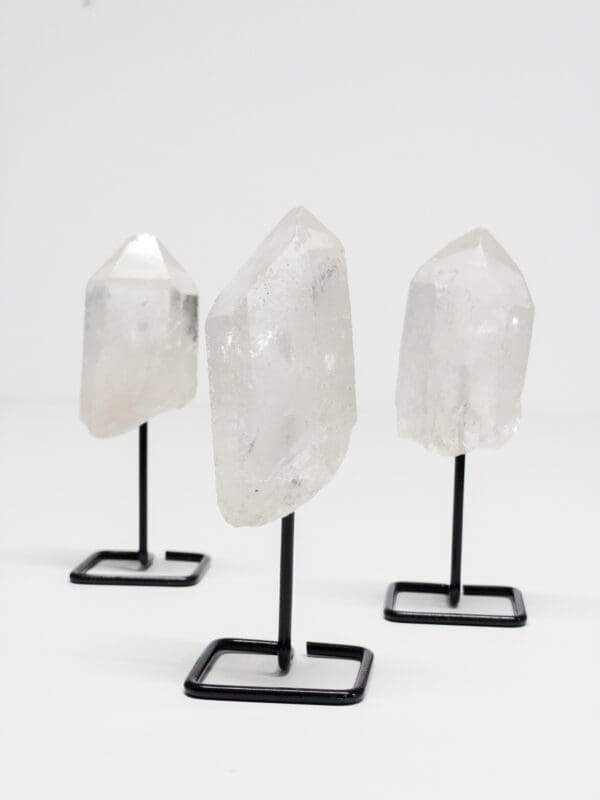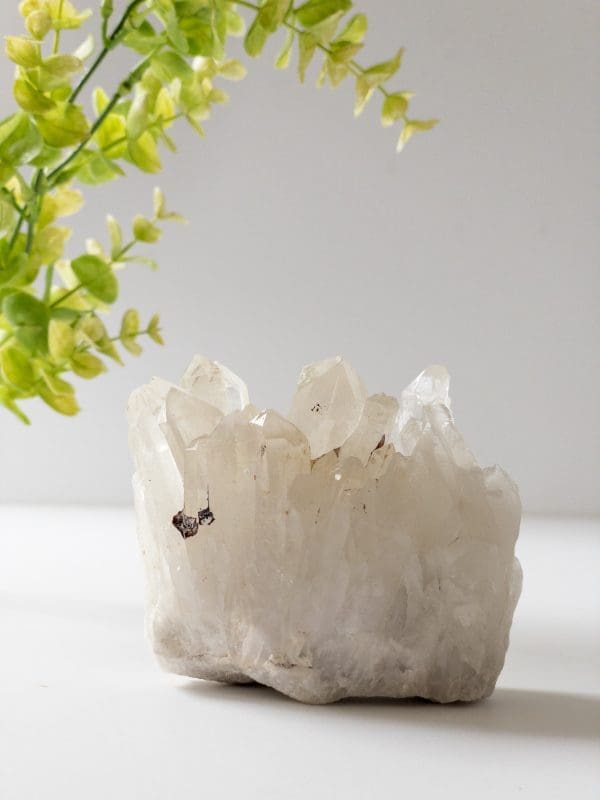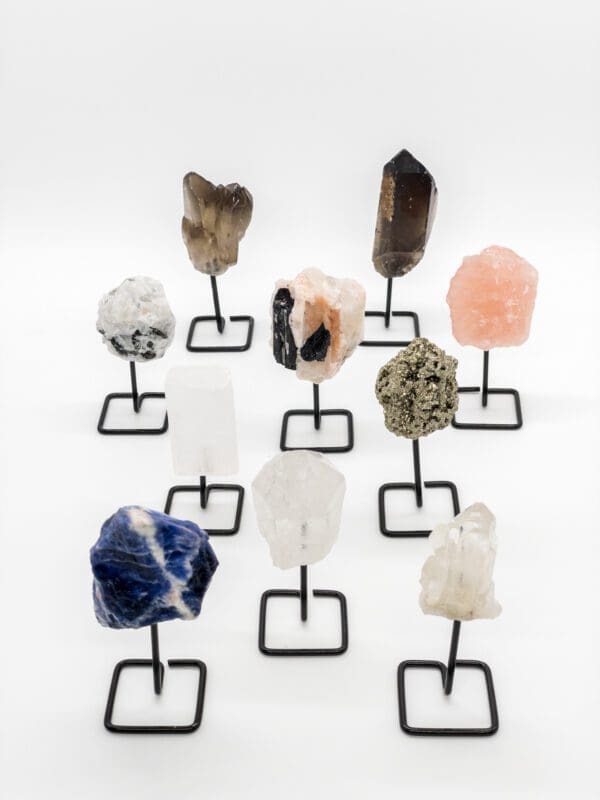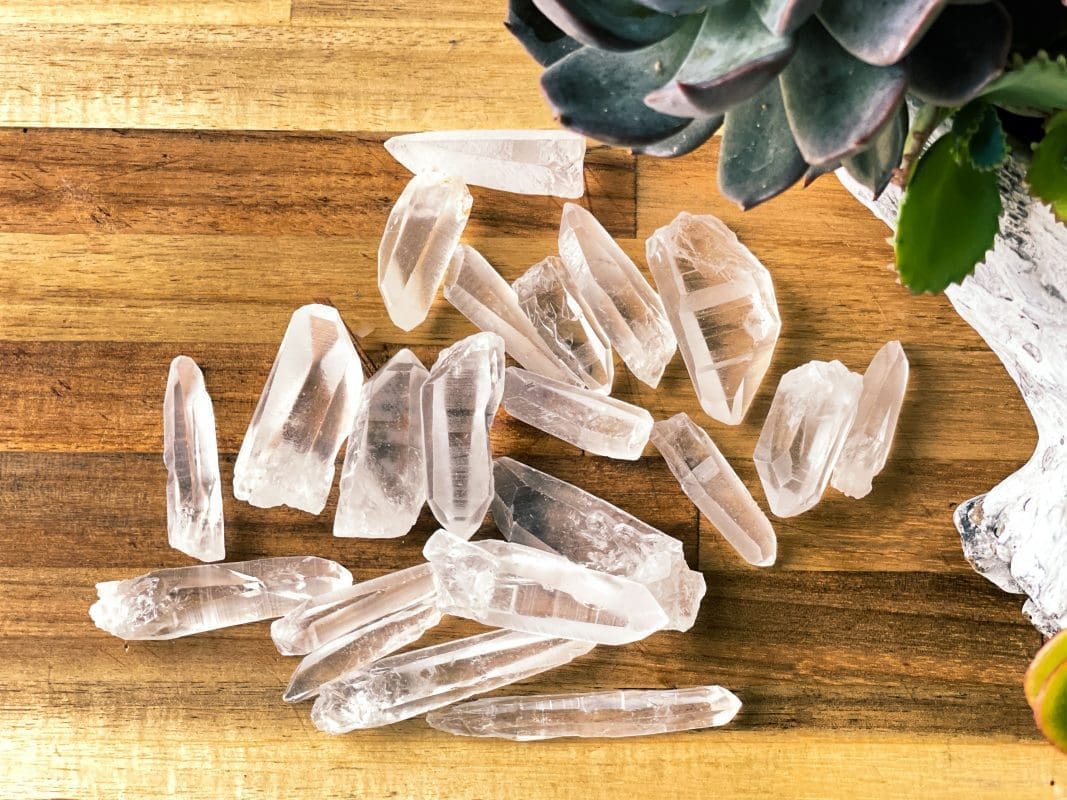The Campo del Cielo meteorite is a piece of space rock that has captured the attention of scientists and researchers for decades. The meteorite is named after the region in Argentina where it was first discovered, which means “Field of Heaven.” The meteorite field is located in the Gran Chaco region of northwestern Argentina, near the city of Gancedo. It is one of the most important meteorite fields in the world, with over 30 meteorites having been found in the area, weighing from a few kilograms to over 100 tons.
The Campo del Cielo meteorite is a member of the iron meteorite family, which means that it is made mostly of iron, nickel, and other metallic elements. Iron meteorites are believed to have come from the cores of planets or other large bodies in the solar system that have been shattered by impacts.
Scientists estimate that the Campo del Cielo meteorite fell to Earth around 4,000 to 6,000 years ago. The impact created several large craters, one of which is over 100 meters wide and 6 meters deep. Researchers have used various techniques, including radiometric dating, petrographic analysis, and chemical composition analysis to determine the age and origins of the meteorite.
The study of the Campo del Cielo meteorite has also provided important insights into the geology of space. The meteorite is considered to be one of the most primitive meteorites known and it is rich in metallic elements, this suggest that it formed early in the history of the solar system. The meteorite has also been found to contain small amounts of rare isotopes, which can provide clues about the conditions in the early solar system.
The Campo del Cielo meteorite is also a testimony to the power of impact events on the Earth’s surface, the craters created by the meteorite’s impact, are a reminder of the potential destructive force of celestial bodies falling to Earth.
In conclusion, the Campo del Cielo meteorite is a fascinating and valuable piece of space rock that has much to teach us about the origins and geology of our solar system. Its discovery in Argentina has provided scientists with a wealth of information about the early solar system and the forces that shaped it. Whether you are a scientist, a space enthusiast, or simply curious about the natural world, the Campo del Cielo meteorite is a valuable resource that is well worth exploring.


